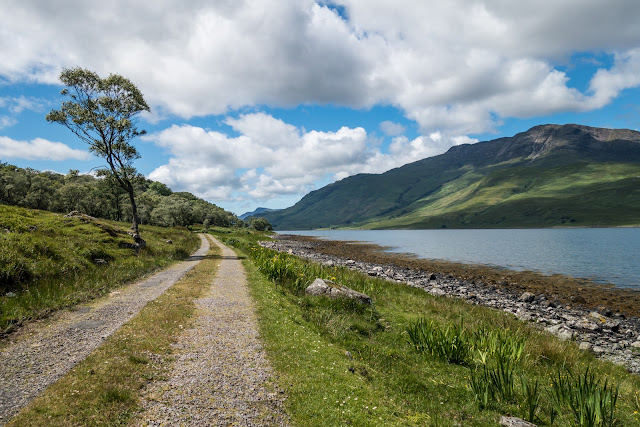Raglan castle - built to impress
Tuesday dawned rather dull and it was difficult to guess what the weather would do. However as the sun began to peep through, we headed out to Raglan Castle. First impressions were spot on - the place is huge!
It is a magnificent Tudor-period sandstone structure, which was not built specifically as a defence as the other great castles of Wales had been. Instead, it was designed mainly as a statement of wealth and influence.
A manor had existed on the site before William ap Thomas acquired the property through marriage in 1406. A veteran of Agincourt in 1415, ap Thomas enjoyed the favour of King Henry VI and was knighted in 1426. He wanted to demonstrate his upwardly-mobile status, so set out on an ambitious building plan for Raglan. In 1435 he began work on the Great Tower, also known as the Yellow Tower of Gwent, but he was never to see it completed, as ap Thomas died in 1445. The building work was continued by his son, William, who took the surname Herbert.
Herbert continued his father's building work, drawing on continental influences common to veterans of the French wars. The building was complex and stylish - and the polygonal structures used can still be seen today. Herbert supported the Yorkist cause in the Wars of the Roses, and was made Lord Herbert of Raglan by King Edward IV in 1461, then Earl of Pembroke. His rising fortunes were reflected in Raglan Castle as more sumptuous building works were added. When Herbert was defeated at the battle of Edgecote in 1469, he was beheaded and the castle went between families during the Tudor period depending on the ruling families factions and fortunes.
The main problem we faced was that the rain was beginning to fall. However, between showers, we took a few photos and did some exploring, but as the rain persisted, we headed for the tea room and an early lunch.
The dominant structure is the Great Tower, seen here on the left. Raglan Castle is one of the last true castles to be built in Wales. Its construction began in the 1430s by Sir William ap Thomas, the Blue Knight of Gwent who fought at the Battle of Agincourt with King Henry V in 1415. He was responsible for building the Great Tower at Raglan, which became known as the Yellow Tower of Gwent.
During the showers we were treated to a rainbow over the castle!
During the English Civil War in 1646, Raglan Castle was besieged by parliamentarian forces led by Sir Thomas Fairfax. The castle was surrounded and mortar batteries (short bell shaped cannons) were dug into place. Henry Somerset who attempted to defend the castle, knew his efforts were futile and surrendered to Fairfax. As a result of the siege, the castle was heavily damaged and thus began a period of disrepair
Another view of The Great Tower at Raglan, which in its finished state was another storey higher.
The magnificent Gatehouse to Raglan Castle, with the Closet Tower to the right. Note the beautiful carved and jointed work on the tops - this really was a statement of wealth in reality!.
A closer look at the tops of the towers.
A Corbel from the Chapel roof in Raglan castle. In architecture a corbel is a structural piece of stone, wood or metal jutting from a wall to carry a superincumbent weight, a type of bracket. A corbel is a solid piece of material in the wall, and there would, I guess, have been several of them supporting the ceiling or the floor above.
Carving which have survived in the Long Gallery.
Arrowloop at Raglan Castle
Detail of the windows badges and shields above the State Apartments - the Lord's Bedchamber.
The castle was also the boyhood home of Henry Tudor, later King Henry VII. As a boy he spent his time at Raglan, while his uncle Jasper agitated a Lancastrian return to the throne in the person of young Henry - so history tells us.













Comments